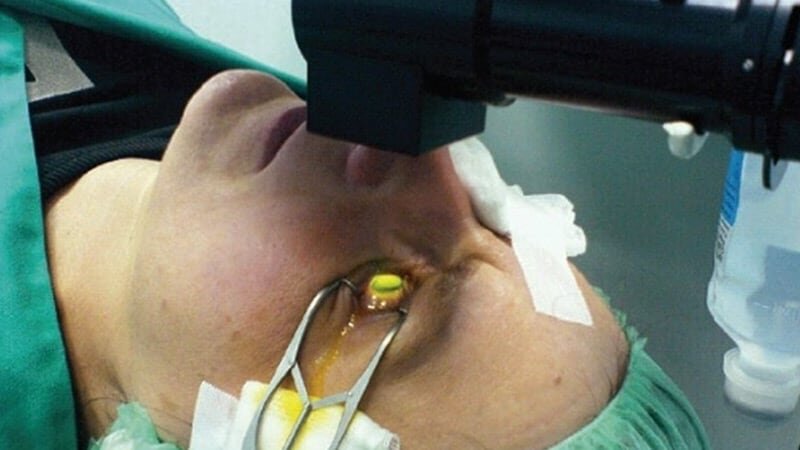Do I get blind with keratoconus?
Keratoconus is a condition that affects the cornea, making it thin and weak and causing it to stretch near the centre and bulge into a conical shape. As the cornea is responsible for 70% of the light refraction in the eye, this bulging causes serious distortion of vision. Yet, keratoconus does not cause total blindness, but can lead to serious visual impairment, including light sensitivity and blurry image.
Keratoconus usually affects both eyes, but the degree by which it affects the eyes, and the rate by which it progresses, can be different.
It is not certain what causes keratoconus to start or progress. Some studies reported genetic, inherited reasons, and connected the condition with allergies such as eczema and asthma. There is also evidence that mistreatment of the cornea, such as excessive eye rubbing and poorly fitted contact lenses can trigger keratoconus and cause its progression.
The condition usually affects people in young age, in late teens and early 20’s, and therefore has a detrimental effect on their quality of life for most of their professional careers.
The prevalence of keratoconus varies from one part of the world to another. In the cold parts of Europe, the USA, prevalence is below 1%, but it increases to above 1% in places like India and to over 2.5% in the Middle East. Worldwide, about 1% of the population, or 75 millions, suffer from keratoconus.
The condition is commonly diagnosed through its main symptoms; an irregularly-shaped cornea and a bulge near the centre. At the beginning, these distortions would be small, and could be difficult to spot, but they become clearer as the disease progresses.
The most common method to halt the progression of keratoconus is through a cross-linking treatment that applies UVA irradiation on the corneal surface. This treatment is not intended to restore the cornea’s original, perfect shape, but stop the disease from affecting corneal geometry further. It is therefore of utmost importance that diagnosis is done early, before significant distortion has taken place.
In the early stages, glasses are usually enough to restore clear vision, but they quickly become less effective with disease progression. Contact lenses can then be tried, and they include both rigid and soft contact lenses, which can usually maintain clear vision for some time. During this period, and once the progressive nature of the condition has been confirmed, cross-linking treatment is usually used to prevent further geometric distortion. Otherwise, corneal grafting may be necessary.


